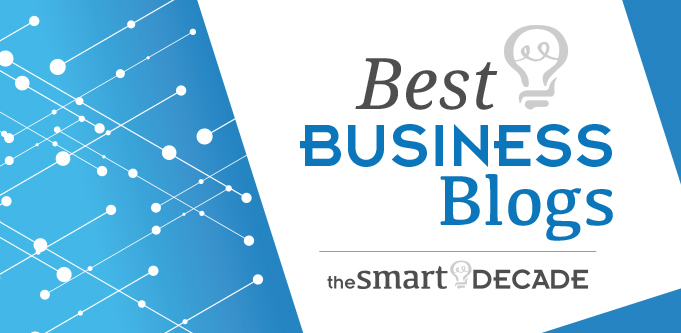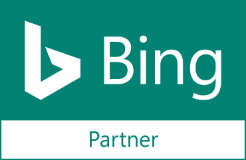AI & Ad Spend
Still enjoying an Irish summer this week before my return to Melbourne for next week’s show. I wanted to talk a little more about AI and machine learning in relation to Google Ads and why it’s only a matter of time before volume traffic campaigns will be fully automated.
What I learned
- Google AdWords is dead! Long live Google Ads!
- How AI will run an automated campaign for increased conversions
- Will AI help you leverage your dollar?
- Why AI needs volume
- Early cost-per-click may be painful
Transcript
Welcome back, Rankers. I’m actually coming to you from Dublin this week and I’m sitting in the Ashling Hotel and it’s Dublin behind me not that you can see much of it. And it’s summer as you can see. Bit like a Melbourne winter but, you know? It’s pretty good, it’s pretty warm. They’re sweltering over here. I want to talk to you a little bit today about AI machine learning because when I was at the SEMrush Conference in Helsinki, we were fortunate enough to have Avinash Kaushik come out and give us a presentation, which was mind blowing. It was all about machine learning and in particular I wanted to talk to you a little bit about what they’re doing with Google Ads. Not called Google AdWords anymore.
Automated Google Ads
So with Google Ads, there are two things you can go and look at in analytics and I’ll get to those in a moment. But basically one of the case studies that Avinash shared with us was a hotel group out in the U.S. and they did a totally automated campaign, like built the ads, wrote the ads, this is all machine learning and AI. And also basically did the placements, the bids, everything, totally automated and they increased bookings by 65% across the U.S. Now that’s huge, I don’t care who you are, 65%, that’s a lot of business. And it built on a lot of the stuff I’d learned the previous few weeks at the Google Premium Partner Business Coaching Conference where we had a presentation that was saying a similar thing and basically the paid media is slowing in growth. So this year it’s gonna grow only by 6% and when you get to that level and it starts to level off, it starts to become very much a commodity business. So, for agencies, you’re gonna end up competing on price unless you evolve.
And if you’re in-house, it means that you’ve gotta look at the resources that you’re spending on those Google Ads and can you better leverage that by using AI? And certainly there’s two things you can go and look at now in Google Analytics if you have them. Not everyone has these but the first one is the session quality under audience and behaviours. And under there you’ll be able to see a number of different quality scores from the session quality so this looks at the user and what the quality of that session is and this is all based on AI, it’s all machine learning. So there’s no human intervention involved or calculations involved in this particular part of the product so what you can then do is to say, for instance, in this particular client, you can say, “Okay, let’s have a look at the quality of sessions that were 51 to 100,” so the highest quality sessions. And then you can drill into that and have a look and see where the best conversions are coming from and then lend into that.
So in this case, for this particular client, we can see here that we’re getting conversion rates on refer traffic of 33%. And the numbers are quite low as far as the session go but that to me is also a measure of brand, they’re being referred by someone so it’s an endorsement. And also, you can see 24% on average but you can then go in and have a look at these metrics and then start to set up campaigns directed at the ones where you think you can leverage more. And this is what they used for the hotel group using AI. The other one, which is still in beta, is conversion probability and you can do a similar thing there and these are the only two metrics inside analytics that are purely AI based. I’ve been talking to a few colleagues in the industry and we’ve been tinkering with this as well. You need volume, right? So you’re not gonna get it with a small campaign.
Pain before Gain
You’re not gonna see results quickly on a small campaign but if you’ve got volume, some serious volume, you can switch on some of these implementations inside Analytics and use that data and use Google Ads AI to do some pretty incredible stuff. Now, the thing is with AI, the reason that you need volume, it needs that data to learn and I was speaking to one bloke from New Zealand, runs an agency over there, and he was saying that for about the first month of doing totally automated bidding, using AI, the cost per click were going up and up and up and up and he had to placate the client to the point where the client was saying, “What the hell are you doing? We’re getting less sales and we’re paying a higher cost per click,” but it took about a month and after that month the cost per click just went straight through the floor and that was because the AI had built up enough data that it could learn from.
Now to give some sort of perspective on this, Google themselves used their own AI that was Alpha Go, I think it was called, and this was the AI that beat the best player of the Chinese game Go and it was just incredible. The permutations of this game are just ridiculous, right? But they used that same AI technology on their data centres because they’re spending millions of dollars a day on energy costs in their data centres. And what they did was that they put it saying, “How can we point at the data and work out how we can save costs on energy?” And basically they ended up with a 40% saving in energy costs, which is just insane when you’re talking about that sort of volume of energy. And what they found was that the AI went through and made tens of thousands of just small tweaks that would be impossible for a human to do in any short space of time. AI did it in about a day and they saved millions.
Avinash did have something else to say and this was some food for thought and that was that in 20 years, the most important decisions in the world may not be made by a human. So I’ll leave that one with you. I’ll be back in Melbourne next week and we’ll see you from there. Thanks very much everyone. Bye.

Jim’s been here for a while, you know who he is.


